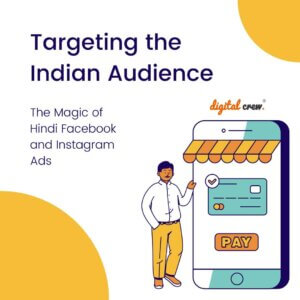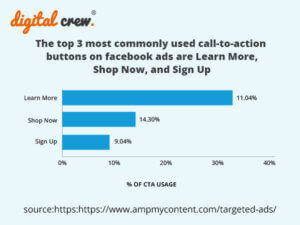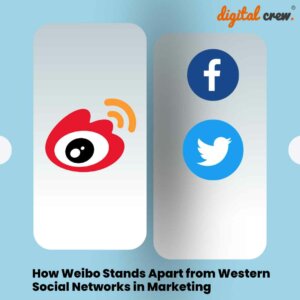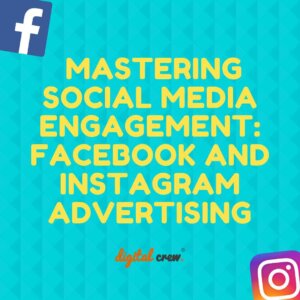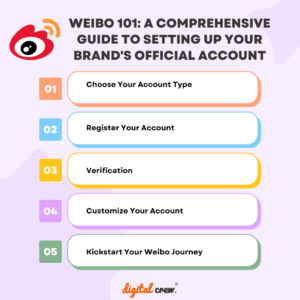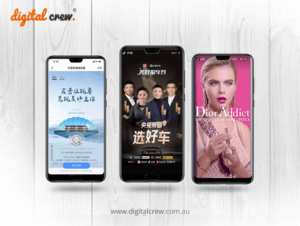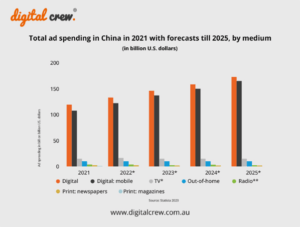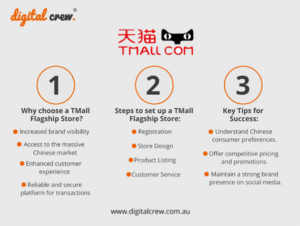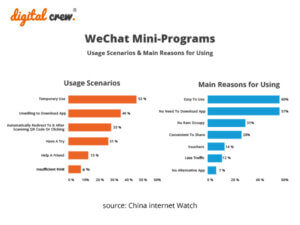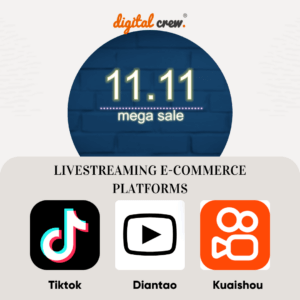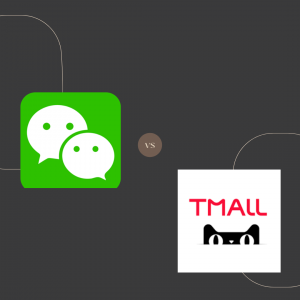With minimalism the ‘in thing’ for Australian websites right now, Chinese websites can look very cluttered and overly busy to our western eyes.
There are a number of theories as to why this might be so.
Here are five of them.
- Chinese website design has not ‘caught up’. This means it tends to look more like western sites did in the 1990s and early 2000s. There are some indications that this may be changing though, especially with the need to make websites mobile-responsive and therefore simpler.
- Chinese sites contain a lot of links because it’s easier that way. This may be because semantic search (where the search engine deduces your meaning rather than just providing exact matches) doesn’t work so well for Chinese written characters. Slow internet speeds in China may also be a factor in this – making it easier for users to click on links than to perform searches.
- Chinese language is just very different from European languages. This is kind of obvious, but to explain further – Chinese language does not use capital letters or spaces, both of which are very important to our reading and skimming of text in the west. In addition, a single Chinese character can convey a great deal of rich meaning on its own, and probably simply looks a lot ‘busier’ to our eyes than our own Latin-style letters and words.
- The Chinese have a preference for a ‘one-stop shop’ when using websites, where all the information they want is easily provided. This also means that design and style are probably not uppermost in their minds.
- Colour and imagery are important however. While our sites might use a simple palette, to the Chinese, colour can convey a lot of meaning – such as red meaning good luck, yellow denoting authority and so on.
There has also been some indication that Chinese users navigate websites differently, such as from top to bottom rather than left to right. However, while it’s true that traditional Chinese is read in columns, simplified Chinese is generally read left-to-right – something that was mandated by the government in China in the 1950s.
It might also be that western sites have just become far too sparse – lacking in content and possibly looking rather ‘dull’ to some people!
No right or wrong way
So which type of design is the right way to go? All the content you need in-your-face, or spartan design where you have to seek out what you want?
This is often largely a matter of opinion. However, the differences between cultures do mean that you should not simply adopt western-style design on your Chinese site, but instead design it in a way that will appeal to Chinese audiences.
At Digital Crew, we have years of experience in helping businesses adapt their websites and content for Chinese audiences. Contact us to find out how we can help with your China marketing.









